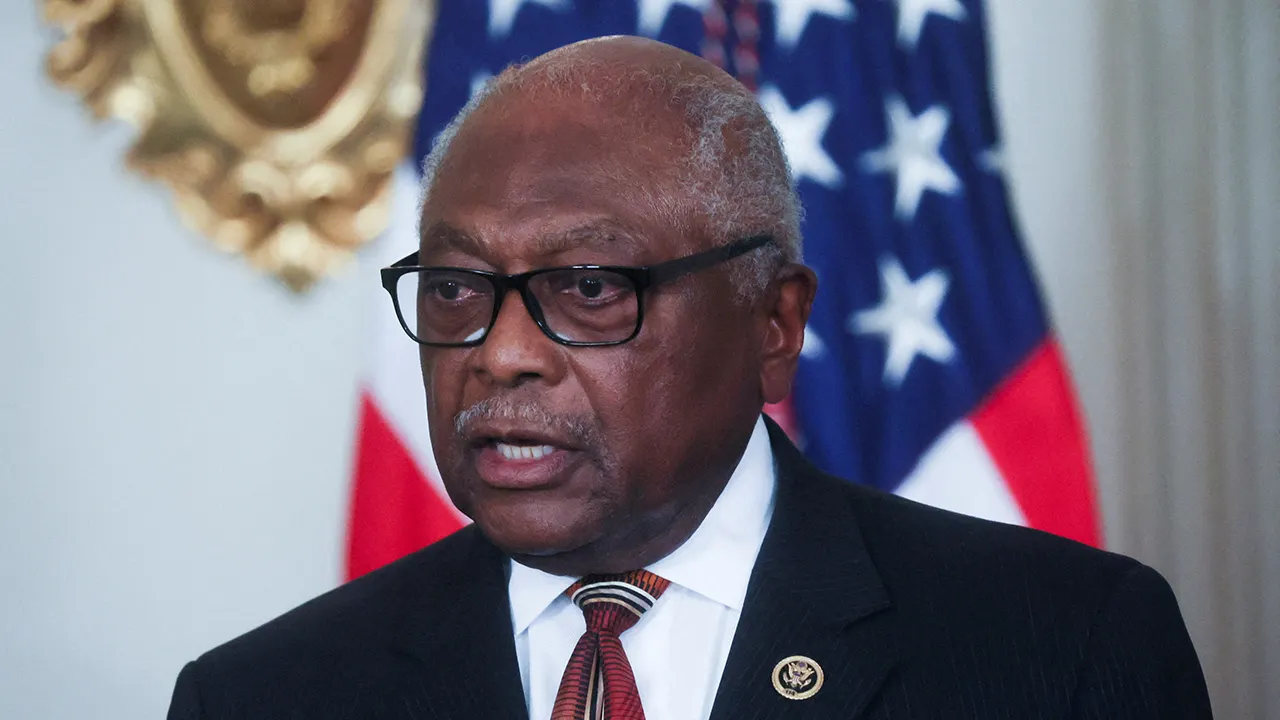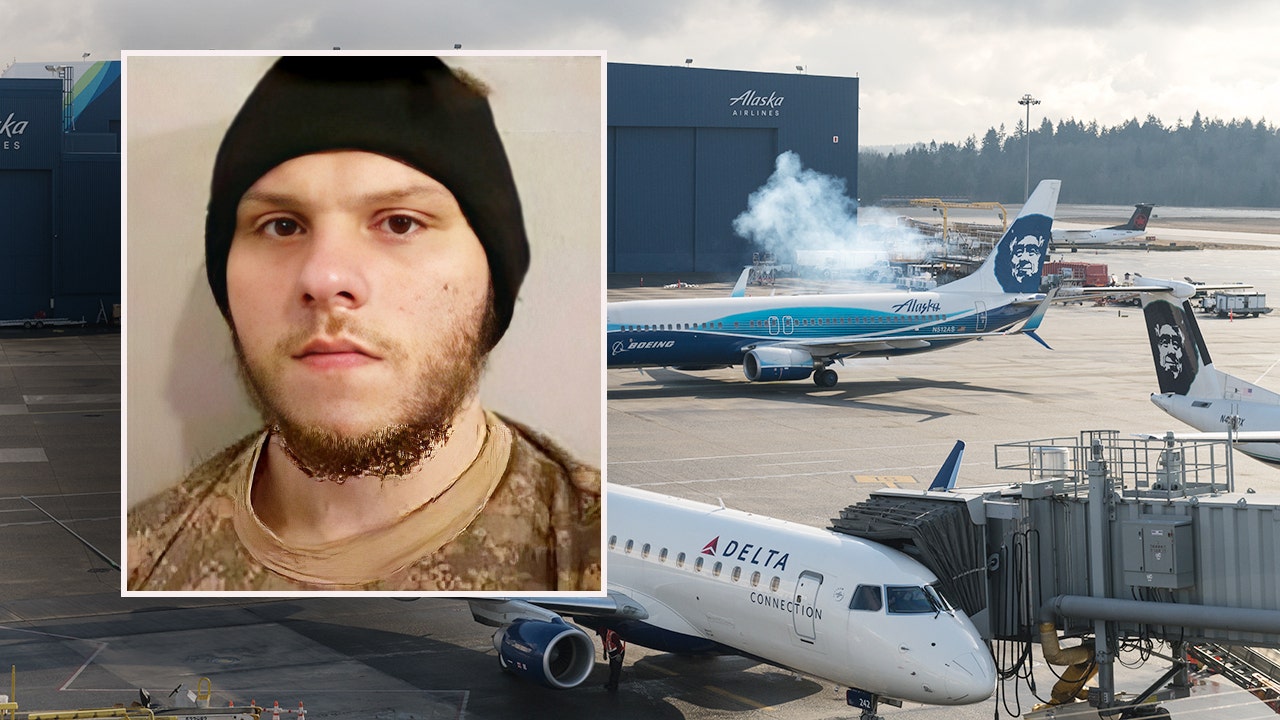Across the country, economy and workers have taken to the picket lines and negotiation tables to carve out better working conditions after a year of frontline work during the infectious-disease pandemic. Yet union membership remains low, critics say.
The reasons for their actions vary from contract to contract, but generally, most are fighting for improved pay and benefits after seeing their employers make record profits.
“Workers made all the sacrifice in the pandemic. They come to the employers and say they’re being pushed, they asked for PPE, they do these other things. Employers say, ‘No, we can’t afford it.’ And then they discover that their CEOs were making huge amounts of money,” Kate Bronfenbrenner, the Director of Labor Education Research at Cornell University’s School of Industrial and Labor Relations, told Fox News. “You know, Bezos goes to the moon, but he can’t afford to give his workers anything.”
KELLOGG’S UNION EMPLOYEES TO END STRIKE ON WAGE HIKE
One of the largest and most public strikes over the past several months has been the work stoppage and picket line formed by about 1,400 Kellogg’s members at the company’s four U.S.-based manufacturing plants.

In this Monday, June 25, 2018 file photo, people gather at the Supreme Court awaiting a decision in an Illinois union dues case, Janus vs. AFSCME, in Washington.
(The Associated Press)
The strike, which ended Tuesday, was ongoing at plants in Michigan, Pennsylvania, Tennessee and Nebraska since early October. Among the primary issues driving the strike is the two-tier wage and benefits system, in which employees hired after 2015 are paid on a lower wage scale than so-called “legacy” employees.
Kellogg’s workers are represented by the Bakery, Confectionery, Tobacco Workers and Grain Millers International Union (BCTGM). The union announced Tuesday that members voted to ratify a new contract. The five-year collective bargaining agreement will put an end to a permanent two-tier system and provide a clear path to regular, full-time employment. The contract also puts a moratorium on plant closures through October 2026.
The company will also significantly increase the pension multiplier and provide cost of living raises, according to a BCTGM press release.
“Our striking members at Kellogg’s ready-to-eat cereal production facilities courageously stood their ground and sacrificed so much in order to achieve a fair contract. This agreement makes gains and does not include any concessions,” said BCTGM International President Anthony Shelton. “Our entire Union commends and thanks Kellogg’s members. From picket line to picket line, Kellogg’s union members stood strong and undeterred in this fight, inspiring generations of workers across the globe, who were energized by their tremendous show of bravery as they stood up to fight and never once backed down.”
STARBUCKS TO NEGOTIATE ‘IN GOOD FAITH’ WITH BUFFALO UNION WORKERS
Another area of concern for striking workers has been the workload frontline employees have shouldered since the start of the pandemic. Routinely touted as “essential” to the economy, their employers and communities, workers across various industries have taken actions to ensure their compensation is in line with their essential status.

A worker pickets outside a General Motors facility in Langhorne, Pa., Monday, Sept. 23, 2019. (AP Photo/Matt Rourke)
One such instance is the successful unionization of workers at a Buffalo Starbucks. It’s the first union formed out of the nearly 9,000 company-owned Starbucks locations. The employees, who unionized under the Service Employees International Union (SEIU) umbrella, cited understaffing and insufficient training as primary reasons for their organizing.
The successful unionization at the Buffalo Starbucks is already making waves across the larger company. In recent days, two Boston-area stores filed for union elections with the National Labor Relations Board (NLRB).
Another high-profile strike has been ongoing for months at the Warrior Met Coal mine in Alabama. About 1,100 miners have been on strike since walking off the job on April 1. The workers, represented by the United Mine Workers of America (UMWA), say they’re striking to return pay and benefits to where they were before Warrior Met filed for bankruptcy in 2016.
“Warrior Met could not have emerged from the bankruptcy in 2016 without agreement by the UMWA workforce to severe sacrifices in pay, health care benefits, time off from work and more,” UMWA International President Cecil E. Roberts said in a July statement.

Edinburgh, Scotland – July 19, 2011: A Starbucks Coffee sign outside a Starbucks Coffee outlet on Edinburgh’s Royal Mile.
(iStock)
Despite the strike entering its eighth month, Warrior Met Coal reported more than $38 million in profits for the third quarter. The strike has cost the company $6.9 million in business interruption expenses.
Though there’s been a clear uptick of union activity and worker organizing during and due to the pandemic, some don’t see it as a harbinger for a new era of union power.
GET FOX BUSINESS ON THE GO BY CLICKING HERE
“The COVID-19 pandemic has put a lot of strain on both workers and employers, and labor unions have been quick to take advantage,” said Charlyce Bozzello, a spokeswoman for the Center for Union Facts, a center-right union oversight group. “But the idea that union activity is exploding, specifically around strikes and work stoppages, has been overhyped by the media.”
“Unions used COVID-19 as an organizing tool at the height of the pandemic, and we’re seeing a continuation of that now. But despite the positive press unions are getting, membership and organizing remains at historic lows even after 2020,” Bozzello added.









